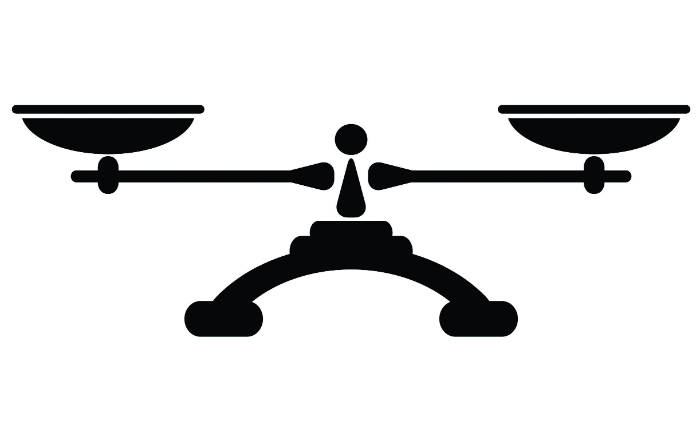|
Several months ago, I wrote about the science of setting sales goals. This month, I have another science-related topic in mind. This time, it starts with the physics and biology at the foundation of printing technology, and ends with the psychology of building — or breaking — a relationship. |
Scientifically speaking, the light that comes from the sun is labelled white. In reality, it is a composite of all of the visible frequencies of light. The simplest proof of that fact is to bend the sun’s light through a triangular prism, which separates the white light into some of its component colours. This is pretty elementary physics.
Here is where biology first comes in. The human eye contains three types of cone cells, each of which responds to a different range of wavelengths. Therefore, our eyes see three primary colours: red, green and blue. Taking this one step further, red, green and blue are referred to as the additive primaries, because additive mixing of these primary colors results in an infinite number of shadings, allowing us to perceive continuous tones of colour. This is how television works.
It is not how printing works, of course. Projecting light on a screen and replicating continuous tones of colour on paper require a different application of the basic physics. Full-colour printing is only possible using the subtractive primaries: cyan, magenta, yellow and black. In the old days, we used a photographic process to do colour separations. These days, it is normally done digitally, but the concept is the same. An additive primary filter produces a negative recording of the colour you want on the paper. For example, if you filter the red out of white light, you end up with a mixture of blue and green — cyan. Ultimately you put CMYK dots where they need to be on the paper, and the human eye and brain reassemble them into continuous tones of colour. Physics working in concert with biology.
Basic Psychology
Now let us consider the basic psychology of a relationship. Let us also consider the differences between personal and business relationships. In a personal relationship, we can establish two poles with a range in between — like and dislike. In a business relationship, especially one based on a custom-manufactured product, we must establish two additional poles — trust and distrust. I have long maintained that accomplishment in printing sales has a lot more to do with the trust factor than the like factor, but both have a role to play in your success.
What will make someone like you? Obviously, that will differ from person to person. Some people will like you for the way you look, or the way you talk, or the way you make them feel. Unfortunately, other people will dislike you for the same reasons. Some people will like you because you share common interests. Others will dislike you because they disapprove of your interests.
The application to printing sales is pretty simple. The more reasons someone has to like you, the more likely it is that they will seriously consider buying from you. There is no guarantee that the like factor will get you to the finish line, but it does give you a head start.
There are, however, things salespeople do that cause dislike. The one I hear the most about from printing buyers is related to frequency of contact. One buyer told me that it was not that he disliked a certain salesperson, he simply did not like the way that he called every week with nothing of value to say. Another buyer told me that she disliked having to call the salesperson every time she needed to place an order. ‘I like him fine’, she said, ‘I just dislike having to do all the work in this relationship. I would like it much better if he would anticipate my needs’.
The bottom line here is that you want building and maintaining the like factor to be an additive process. In other words, every contact adds something to the strength of the relationship. There is danger if something you do — or do not do — subtracts anything from the like factor, and therefore the overall strength of the relationship.
And obviously, there is real danger if something you do or do not do subtracts anything from the trust factor.
How Do You Know?
How do you know where you stand in terms of like and/or trust? The answer is simple, and apparently scary. You ask.
I understand why this can be scary. I have done it many times. I have had people tell me that they do not like me. I have had people tell me that they do not trust me. I have been rejected, I think, in just about every way a salesperson can be rejected.
But I have learned from those experiences, and while I have not always been able to master the additive element, I have gotten pretty good at avoiding the subtractive problems.
Dave Fellman is the president of
David Fellman & Associates, a graphic arts industry consulting firm based in Cary, NC, USA. He is a popular speaker who has delivered keynotes and seminars at industry events across Australia, the United States, Canada, England and Ireland. He is the author of Sell More Printing (2009) and Listen To The Dinosaur (2010). Visit his website at www.davefellman.com.


